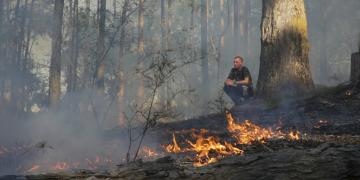Multi-stakeholder consultation frameworks have been set up to guide and monitor the development of wood-energy value chains in the target regions.
In the Eastern Region, a regional platform has been set up by the Minister in charge of forests and wildlife, under the chairmanship of the Regional Governor.
In the Far North, a regional wood-energy unit (CRBE) has been set up.
These consultation frameworks are held every six months, and serve as a forum for taking stock of progress in the value chains concerned, as well as formulating guidelines for their smooth operation.
The strategic direction of the wood-energy value chains, embodied in the strategy documents drawn up, is the result of a consultation process involving the various stakeholders meeting within these consultative bodies.
The resolutions resulting from these meetings have enabled certain advances to be made, namely: i) the definition of a regulatory framework for the production and marketing of wood-energy; ii) the development and validation of guideline standards for the management of dryland forests.
